It has been part of the Ars Electronica Festival for years, but this year it was a festival of its own within the Festival: Open Futurelab. An interactive format that usually invites visitors to get to know current works and research by the Ars Electronica Futurelab—the research and development department of Ars Electronica—didn’t have to do without an audience this year, despite the special circumstances caused by the Coronavirus pandemic. On the contrary: In addition to new online formats such as Creative Question Challenge (CQC) and virtual journeys to locations miles away, public guided tours at the laboratories and ateliers of the Ars Electronica Futurelab were also offered for the first time. For all those who could not participate in this year’s Open Futurelab, here is a short recap of the Open Futurelab 2020:
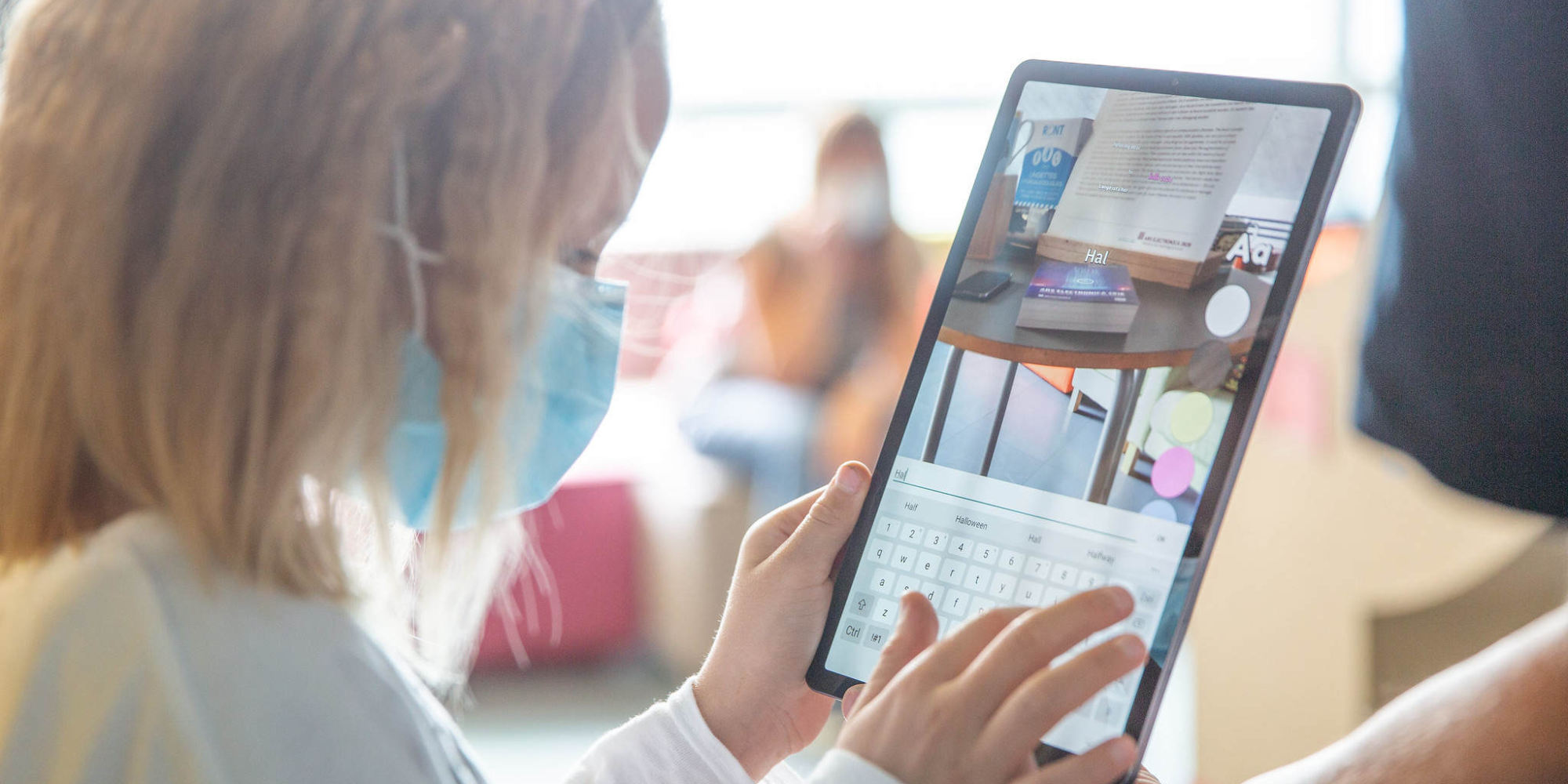
Guided tours through the Ars Electronica Futurelab’s laboratories and ateliers
The lively interest in the Ars Electronica Futurelab’s guided tours shown by festival visitors was particularly pleasing. Like never before, the Futurelab opened its—usually closed—doors to the outside world and thus also to the dialogue between researchers and the society. During the 45-minute tours, which were guided by the laboratory’s members themselves, visitors were given an insight into ongoing works, research projects and the Ars Electronica Futurelab’s collaborative working atmosphere. Exhibits on display were very popular, including Matthew Gardiner’s Oribotics, the social media project Spotless, and the light-painting drones of the Future Ink Project.
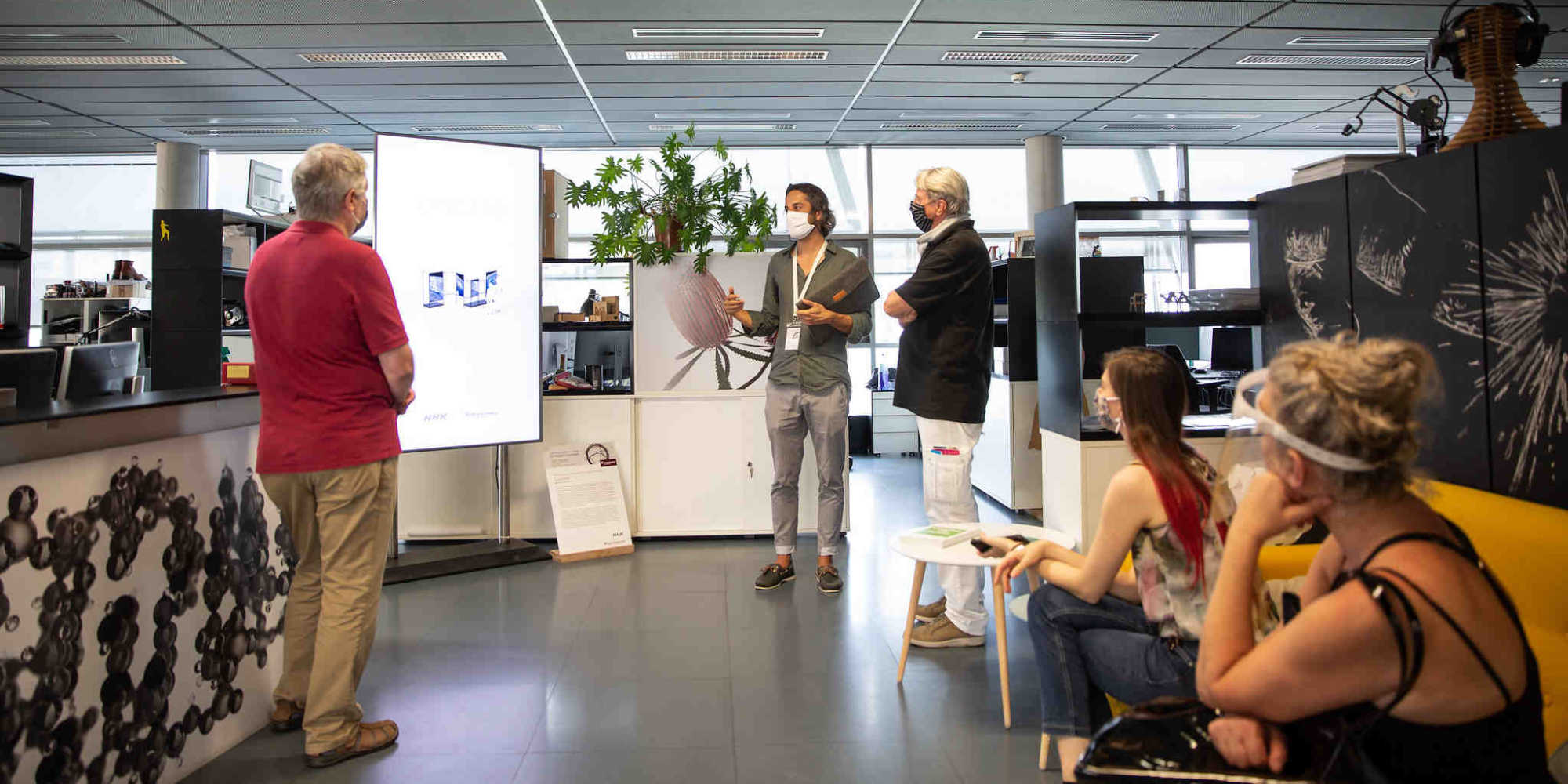
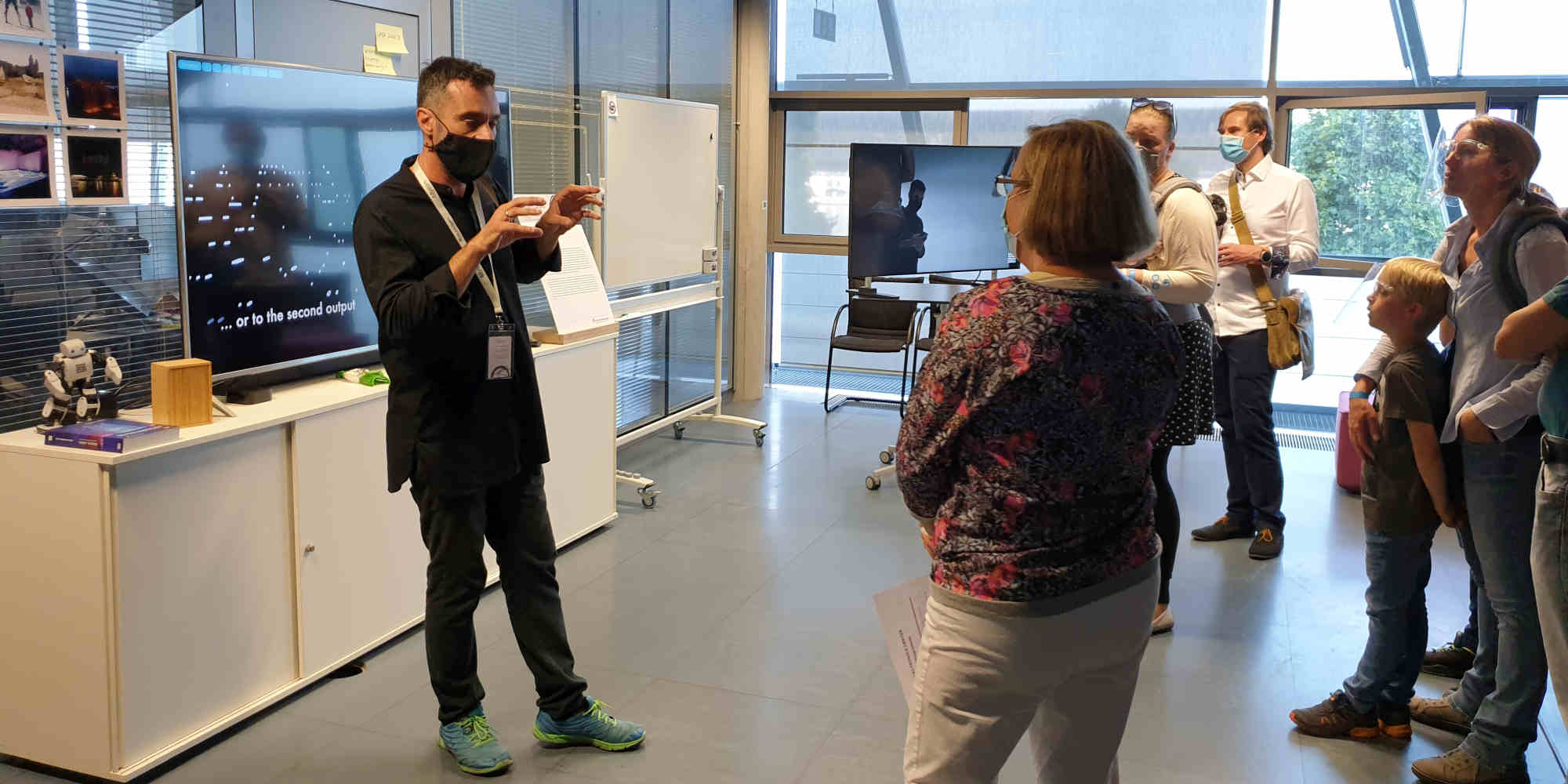
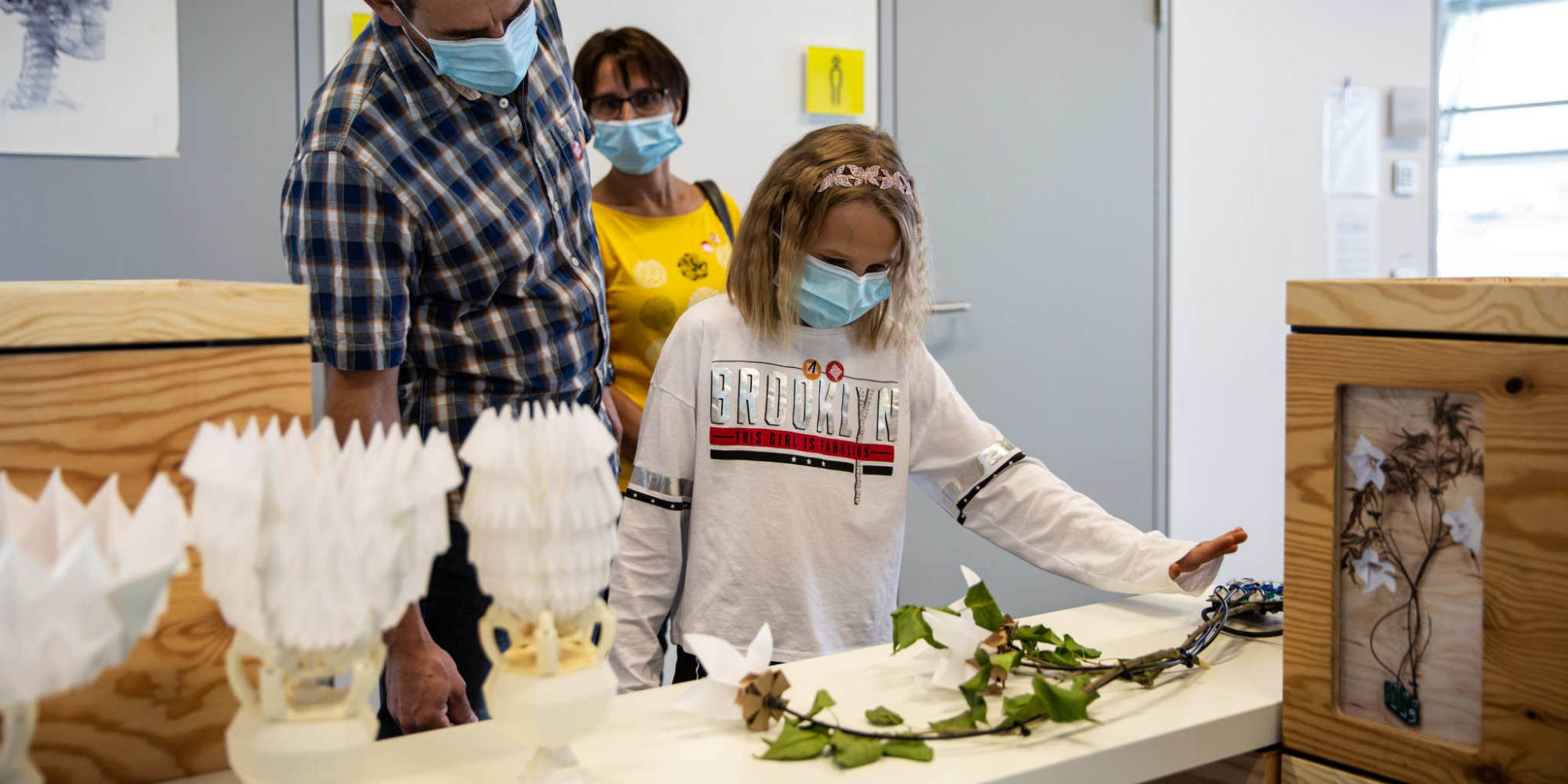


Open Futurelab as an experimental field for social interaction
This year’s Open Futurelab could not only be visited locally, but also virtually. Visitors were invited to explore the interior and exterior of the Ars Electronica Futurelab via virtual reality rooms at Mozilla Hubs: Whether it was a virtual tour of the office space, watching a virtual drone swarm performance or opening a mysterious red door, the virtual spaces at Mozilla Hubs allowed even those who couldn’t be in Linz to get a bit of the usual festival feeling.
With this, the Ars Electronica Futurelab is reacting to the current restrictions caused by the Coronavirus pandemic. In addition to its presence at Mozilla Hubs, it also researches on new forms of social interaction over distances in the form of several projects on the subject of Social Telepresence.
New online formats as an opportunity for global networking
However, the heart of this year’s Ars Electronica Festival was the online program. More than 160 partners from all over the world invited festival visitors to join them in online lectures, performances, discussions and guided tours, thus creating a global network of artists, researchers, developers and society at large. The Ars Electronica Futurelab also initiated a new online exchange platform called Creative Question Challenge (CQC), which was so well received among its global partners that it is set to continue in the future. At CQC, two speakers from different disciplines spend 30 minutes discussing a given topic, such as Art – Education. The aim is not to find concrete solutions to problems, but rather to apply the method of Art Thinking and thus to create new questions in order to view the discussion from different perspectives and to expand it with new aspects. We summed up all of the Ars Electronica Futurelab’s hosted CQCs in this blog post.


Virtual journeys around the world
The Ars Electronica Futurelab’s global network also became visible and tangible through virtual journeys: We visited key researcher Matthew Gardiner in his Oribotics Atelier in Australia, flew all across the globe to take part in the Future Humanity Journey to find out what the world might look like 20 years from now, and then came back to Linz to the Ars Electronica Futurelab’s studio to watch drones translate artistic creativity into light signals.
Open Futurelab at other festival venues
But that is not all. Ars Electronica Futurelab projects were also presented at other festival venues such as the Johannes Kepler University (JKU) and the Ars Electronica Center. For example, several immersive performances from the EU project Immersify were shown at the Deep Space 8K. A major highlight was an interactive virtual 3D tour of Vienna’s St. Stephen’s Cathedral led by none other than the experts Franz Zehetner and Wolfgang Zehetner of Dombauhütte St. Stephan zu Wien. Another Deep Space project was Deepandemia: a visual representation of cause-and-effect chains that, in times of the Coronavirus, is more relevant than ever.

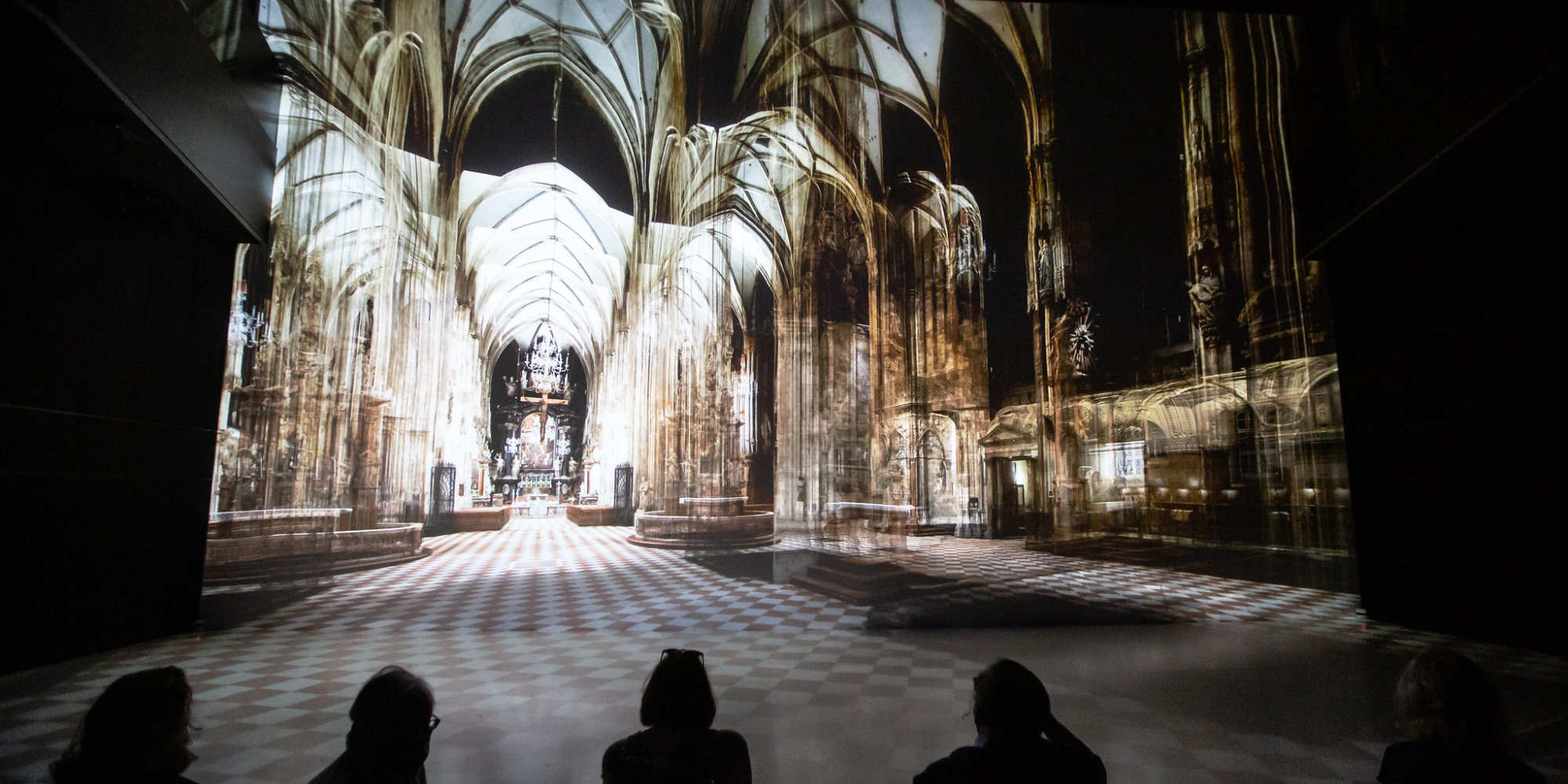
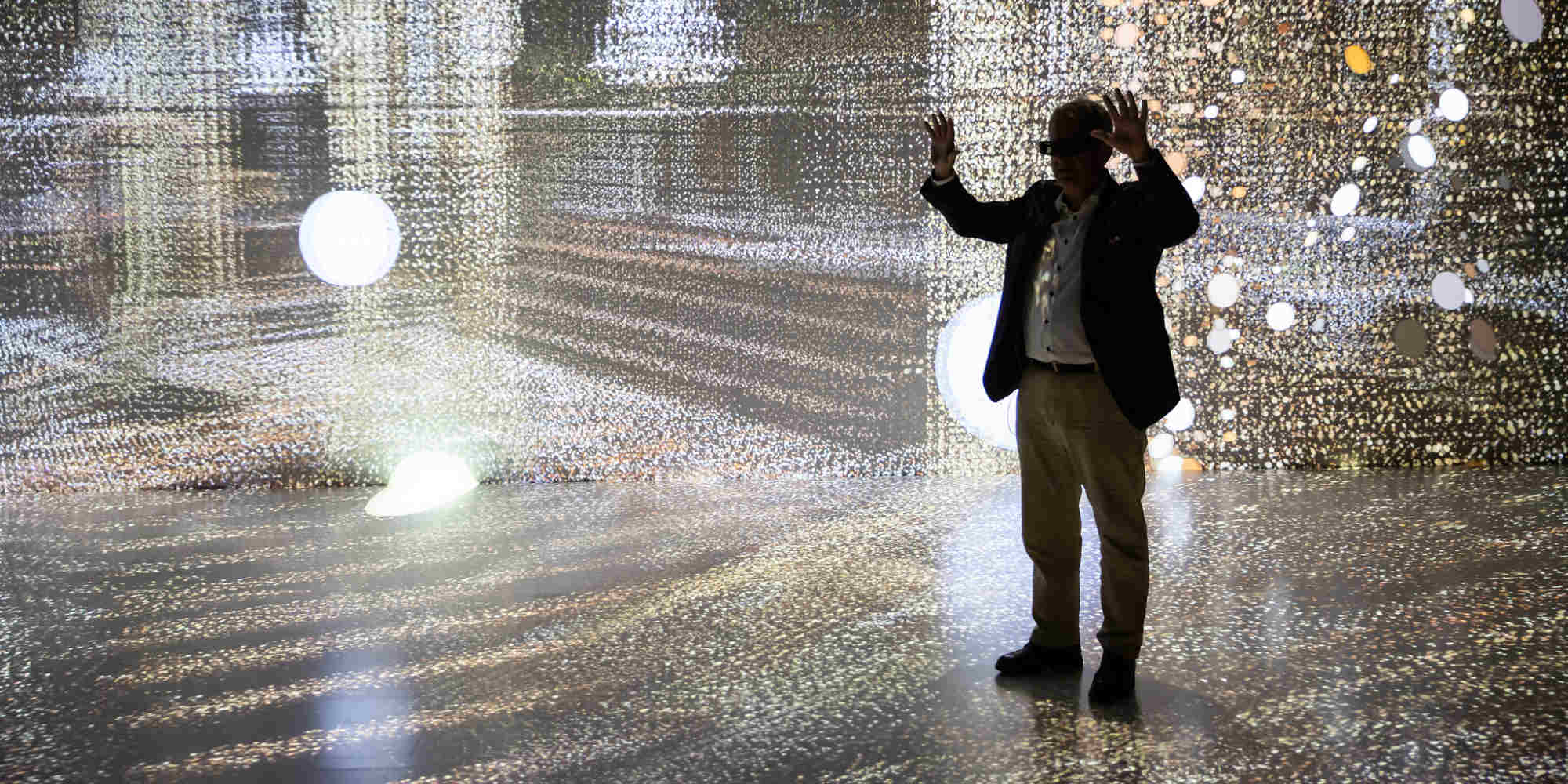
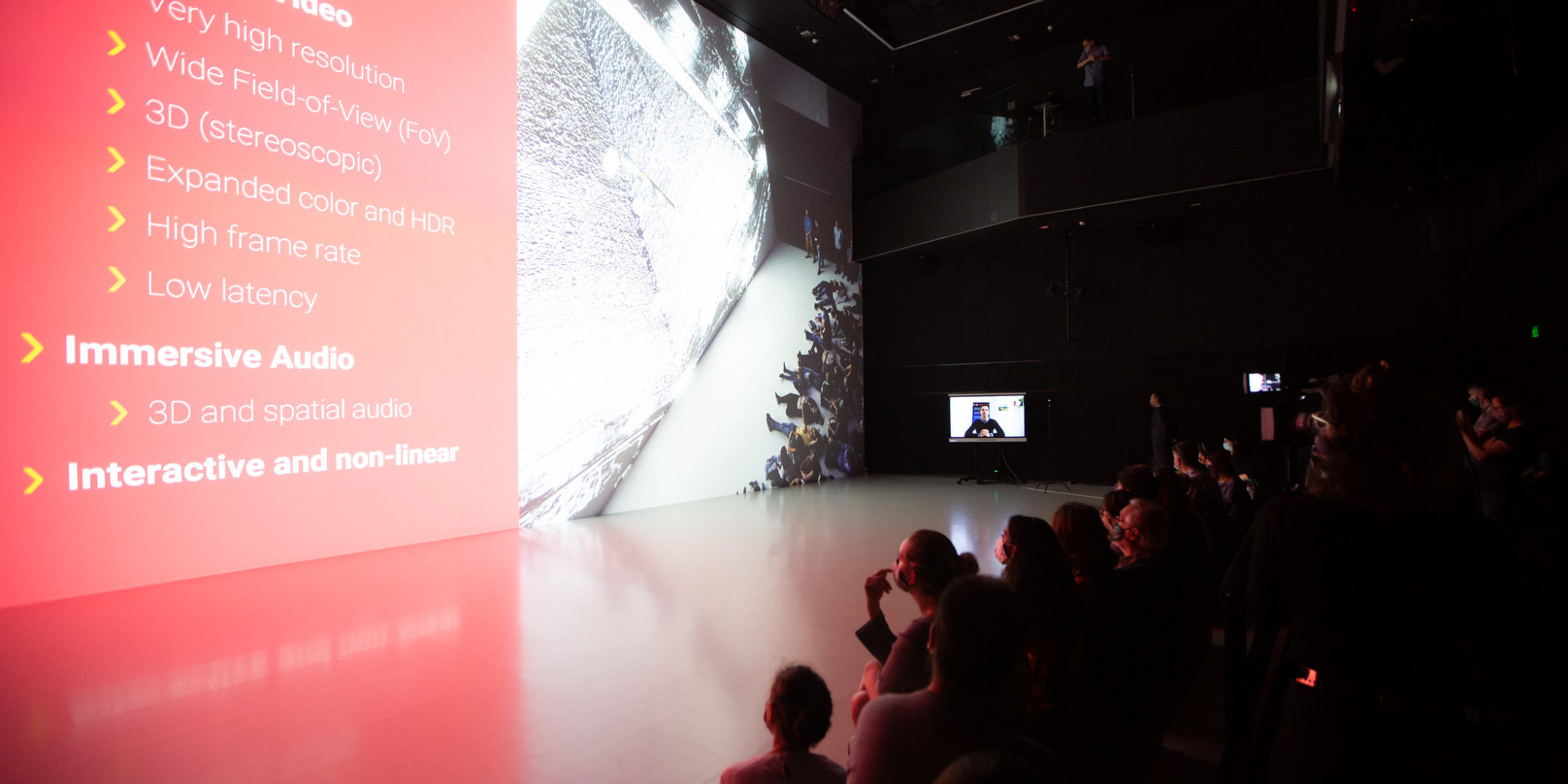
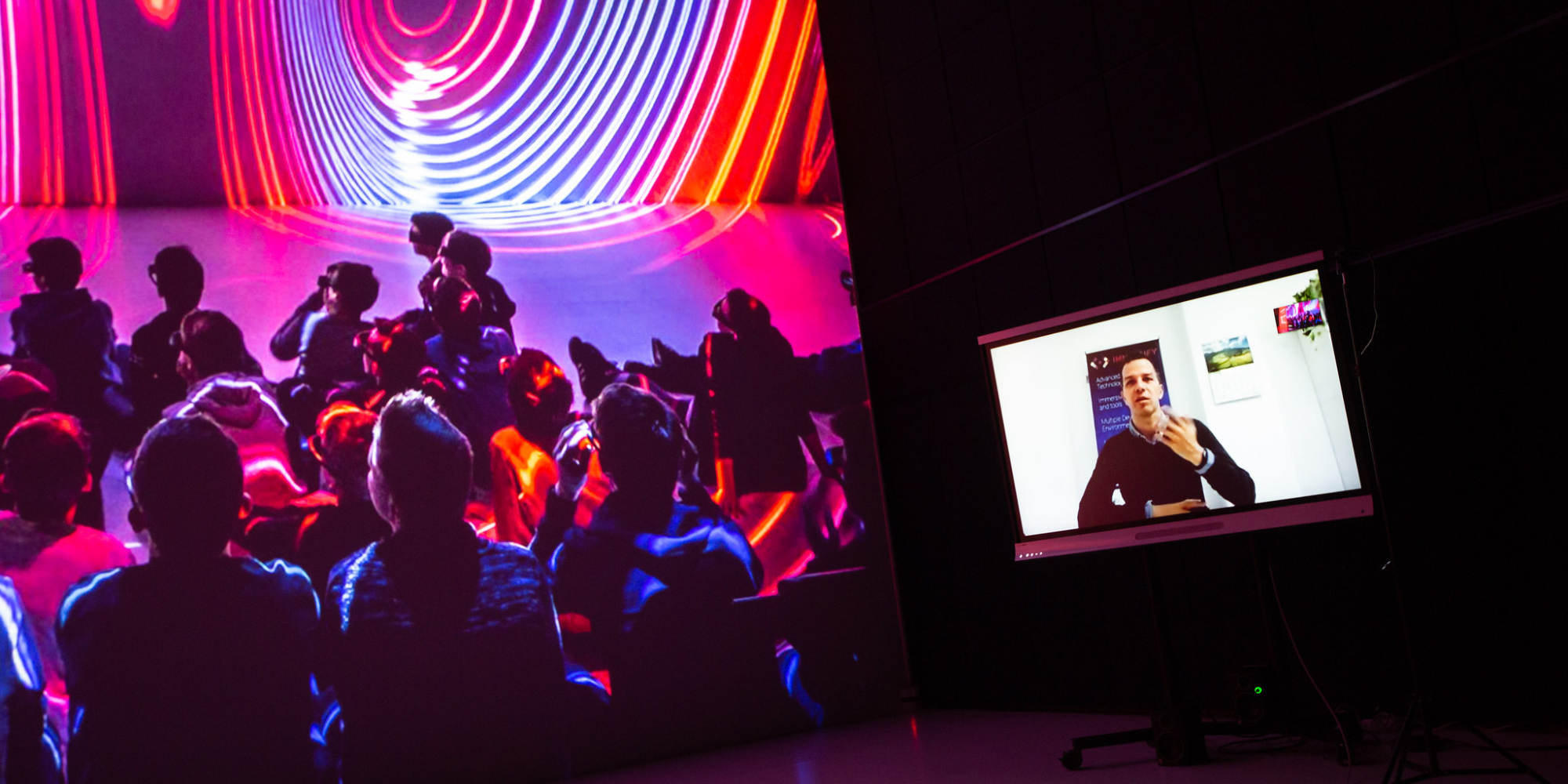

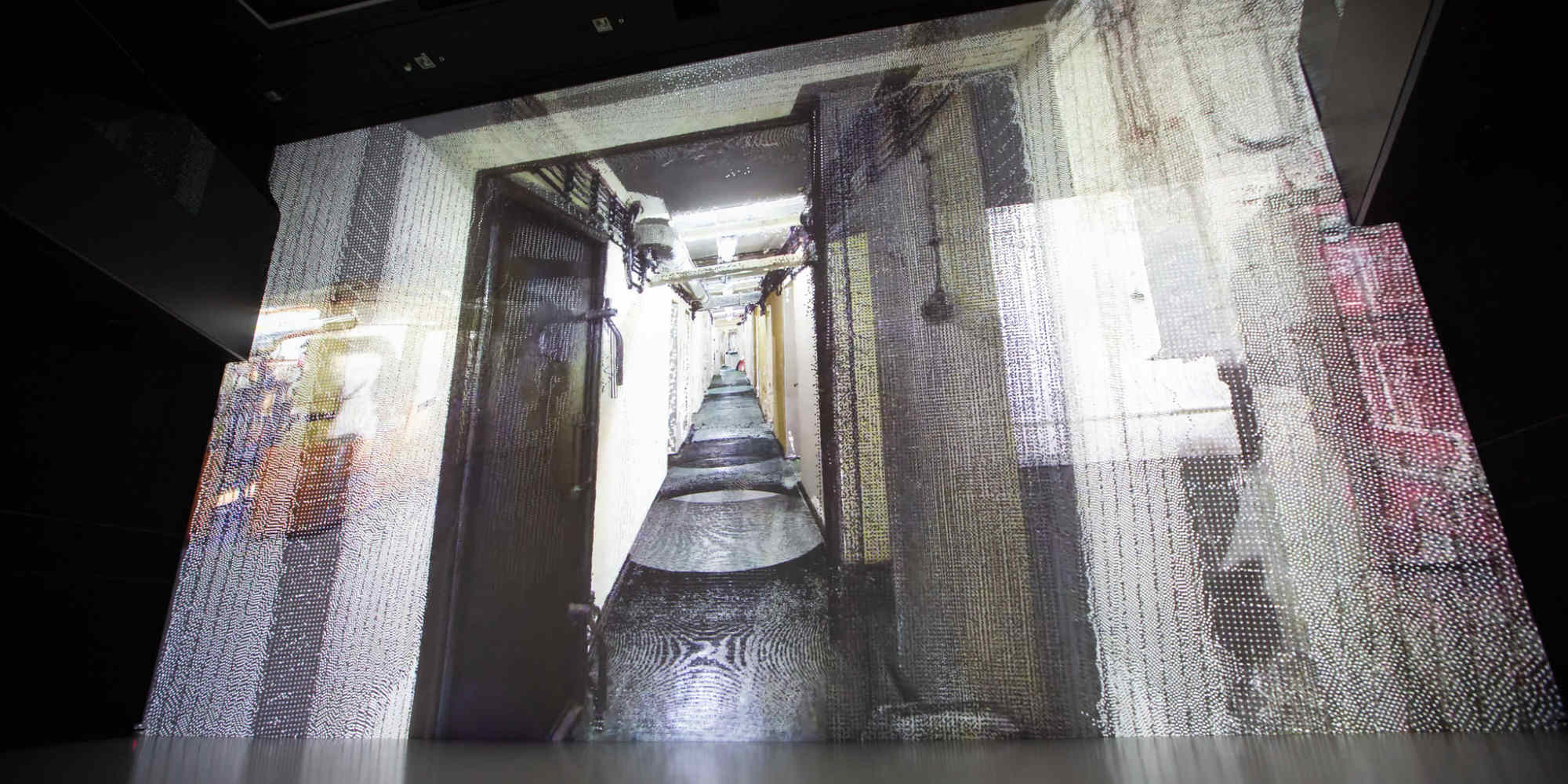
Visitors to the festival venues at the Johannes Kepler University were also able to gain insights into some Ars Electronica Futurelab projects. In the Fulldome, a kind of experimental laboratory for virtual and augmented reality content for immersive environments, a short demonstration of the Virtual Anatomy project was shown. Here, virtual and high-resolution images of medical information such as MRIs and CT scans can be displayed and explored for educational and training purposes. In the LIT Robopsychology Lab, festival visitors could even become part of a VR experimental environment themselves. The experiment is part of the research project CoBot Studio, which explores the cooperation between humans and machines.
Several works by Ali Nikrang, Key Researcher at the Ars Electronica Futurelab in the field of Creative Intelligence, were also exhibited and presented at the Johannes Kepler University, including an AI performance during the Big Concert Night and a participation in the panel AIxMUSIC: Artificial Stupidity. We will go into detail about this in an interview with Ali Nikrang that is soon to be published, so stay tuned!

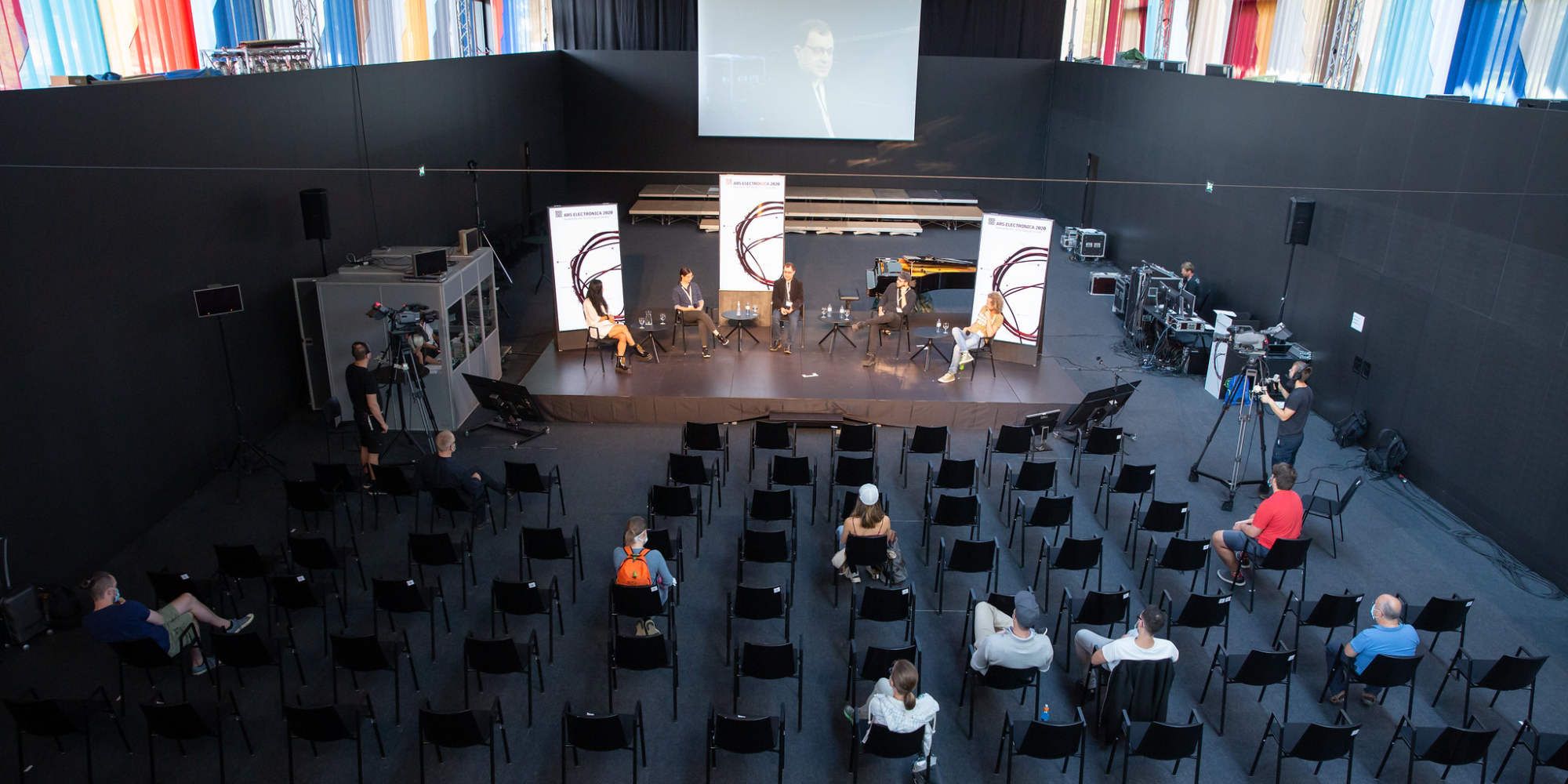
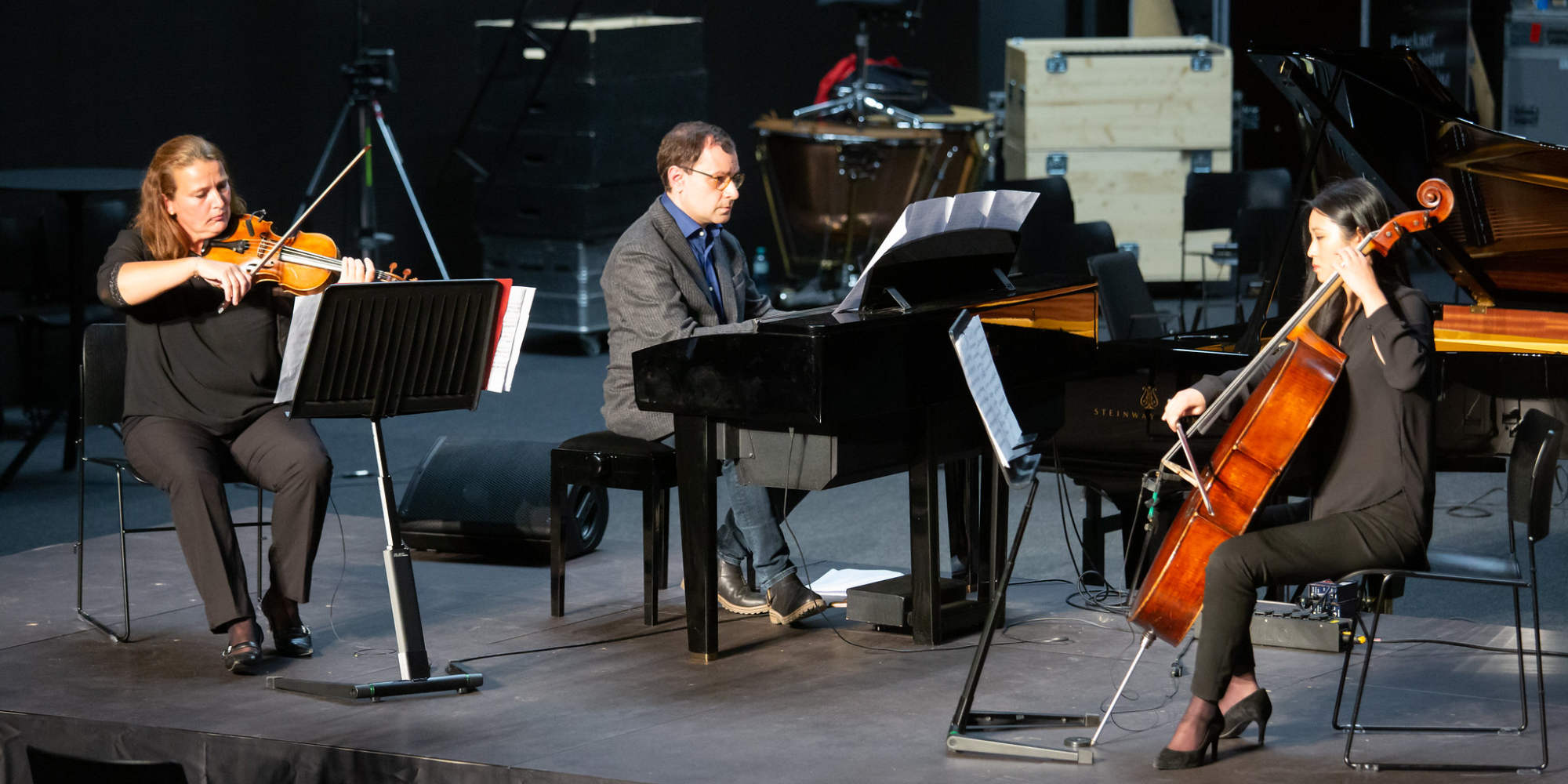
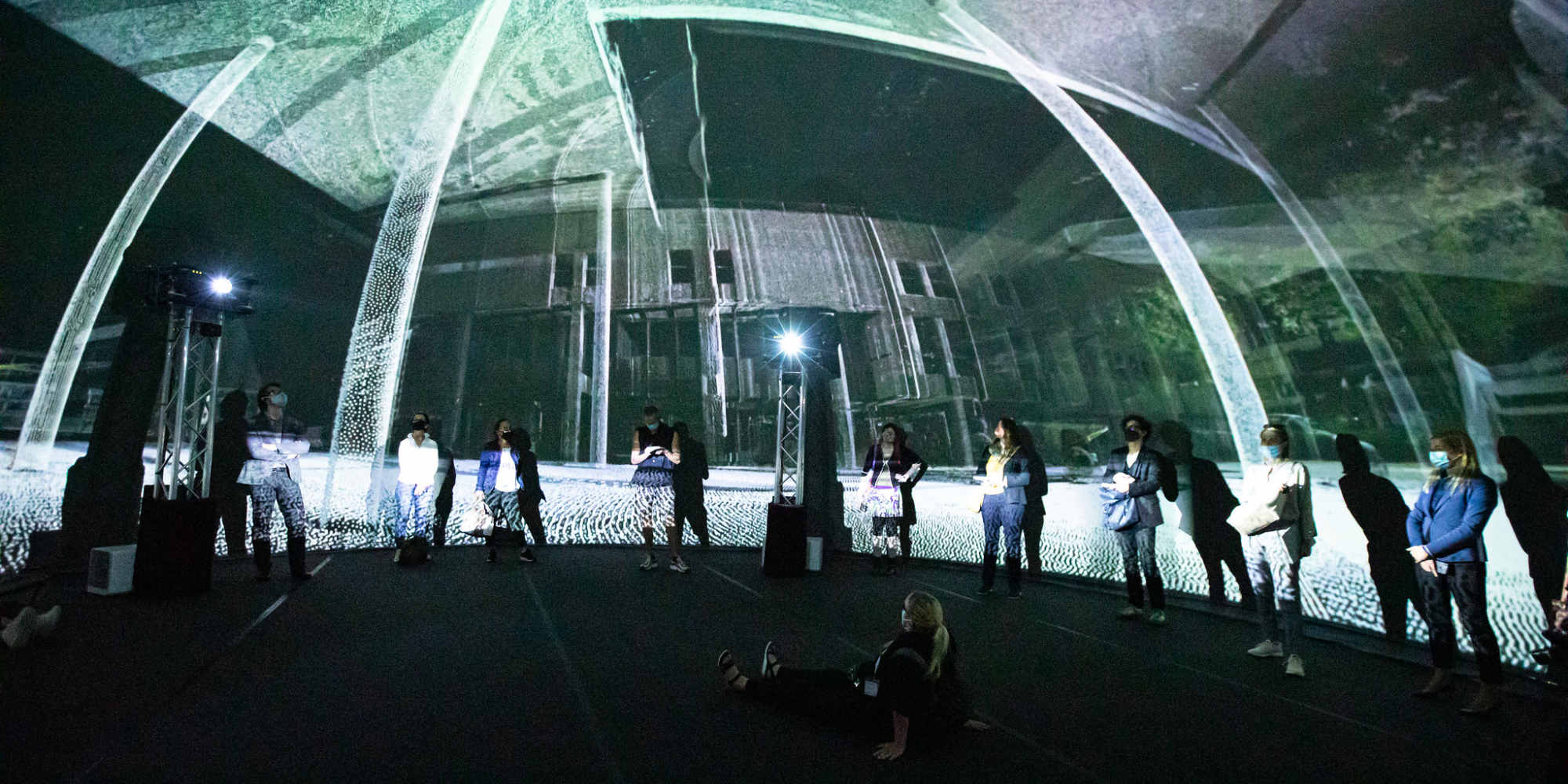
Overall, we could say: A blessing in disguise. Obviously, the special circumstances surrounding this year’s Ars Electronica Festival required the Ars Electronica Futurelab team to find suitable formats that can convey the unique feeling of Open Futurelab into the virtual world. But it also opened up many new possibilities that will certainly be used again at the next festival in one way or another. First, however, we all need to take some time to reflect. Much of the program that was offered was experimental—a first attempt to navigate through the new social challenges of the current time. Whether and how relevant and promising an online version of the Open Futurelab or even the Ars Electronica Festival and similar events can be will only become apparent in the coming months.